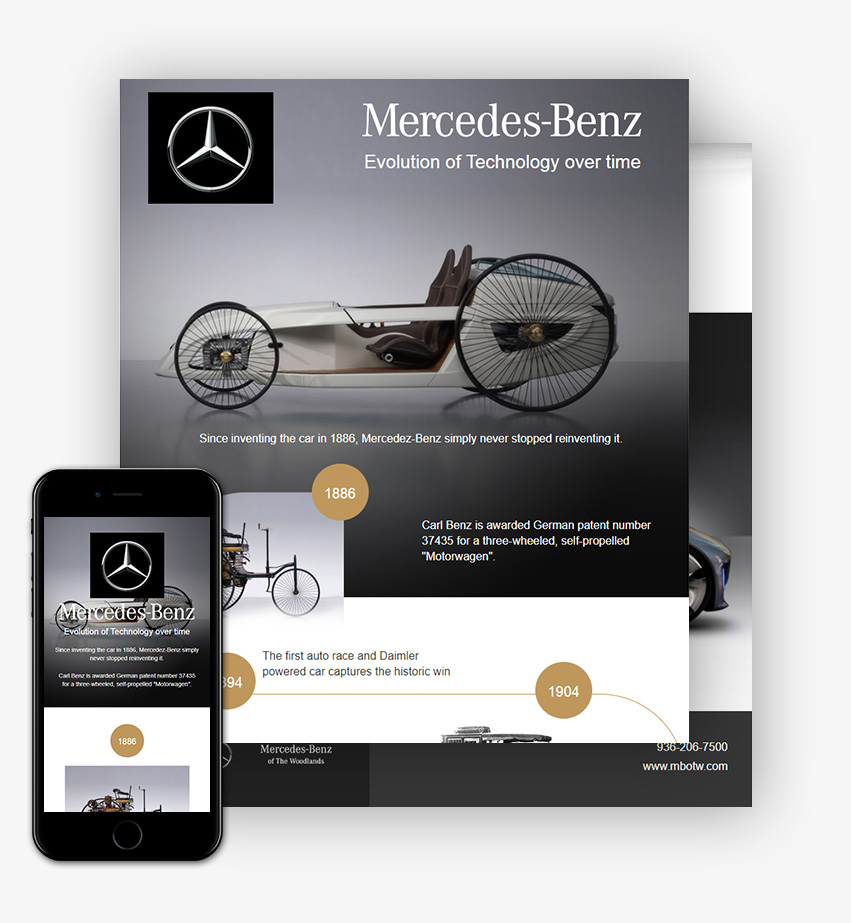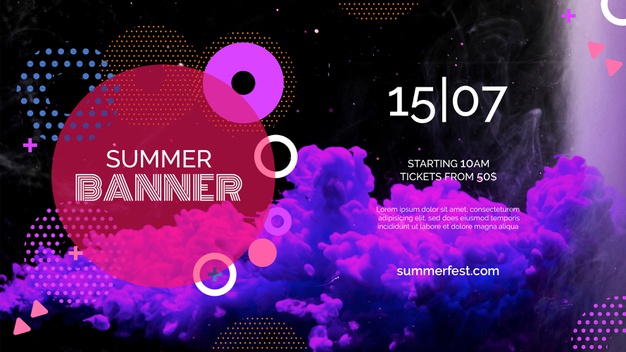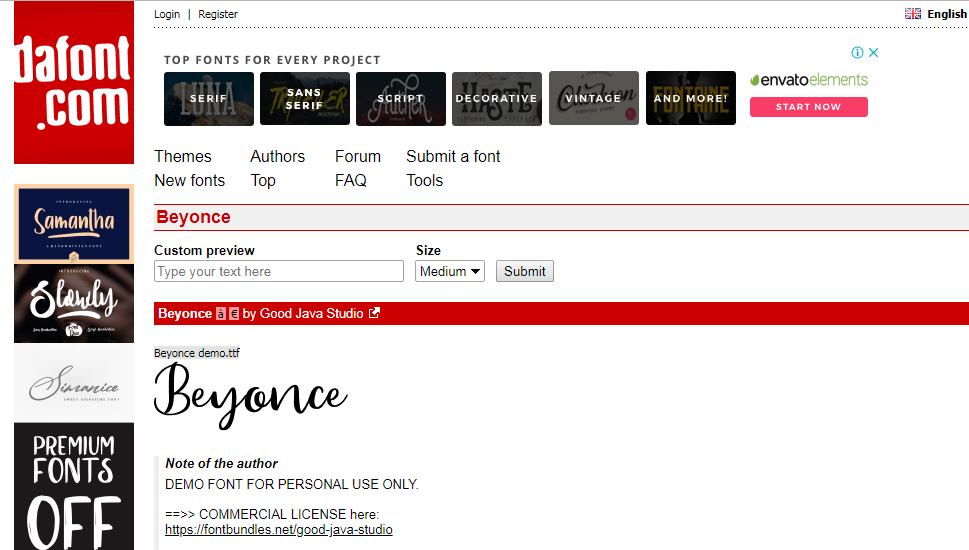Crowdfunding began in churches, where a basket would be passed around and funds would be collected for some greater good. Fast forward to the age of the Internet, where crowdfunding campaigns gained popularity and appealed to a larger community for funds. It became easier to find a crowdfunding campaign that you truly believed in and wanted to support. With multiple platforms like Kickstarter, Indiegogo and more, launching a crowdfunding campaign became easier. Gaining support, however, got tougher.
With increasing number of crowdfunding campaigns, the fight to gain page views and pledges has become difficult. This is especially true for platforms that have thousands of campaigns competing against each other. To run a successful crowdfunding campaign, you need to identify some of the best techniques, marketing strategies and trade secrets. Passing along a basket won’t be enough.
To run a successful crowdfunding campaign you need an impactful storyline that stands apart from the crowd. It must be something that catches the attention of users and pushes them towards taking action. However, most crowdfunding platforms have a lot of text and design limitations. The only way to beat them and ensure that you stand out, is to invest in Infographics. Infographics can be uploaded onto crowdfunding platforms and can be used to attract the attention of users and make them take action. Listed below are ways in which you can enhance your crowdfunding campaign, use multiple platforms to gain an audience, highlight your brand, tell a compelling story and more, by inculcating infographics in your crowdfunding campaign.
Use visual elements to leave a lasting impact on your audience
According to research, humans are visual creatures and tend to remember and recall visual elements far more easily than words they read. If your aim is to leave a lasting impact while competing against thousands of crowdfunding campaigns, you must stand out. Infographics are striking and can visually tell a story. Another reason for using infographics instead of just text on any crowdfunding platform is to skip endless limitations. Most crowdfunding platforms are restrictive of formatting. You may not be able to change the font type or size of the text explaining your campaign. You may also not be able to add bullet points, change alignment, shuffle text placement, and more. A lot of these formatting limitations take away from the story you want to tell. This is where infographics can help. You can do anything you like with your infographic and not worry about design or formatting limitations. Create an infographic, upload it on to a crowdfunding platform, and you’re good to go!
Present your data via graphs, charts, pictures and tables
Crowdfunding campaigns are the opposite of mainstream business finance. Instead of pitching your idea to a limited number of individuals with money, it allows you to present your ideas to people from all over the world. Crowdfunding platforms allow entrepreneurs to share a pitch with interested parties, offer them investment options or other rewards. To get an audience to understand your idea, you need to create a pitch that doesn’t bore your audience. Infographics are great because they allow you to add elements like graphs, charts, tables and pictures in a fun and creative manner. They allow you to breakdown financial jargon into easy-to-understand data that can be understood and acted upon by your audience.
Tell a compelling story to build trust
Online crowdfunding campaigns give you just over a few seconds to leave an impact. Can you do that with just words? Maybe not. The truth is, you need to be different from compelling pitches, creative ideas and heart-wrenching stories. To run a successful crowdfunding campaign, you have to tell a story that makes your audience pause and notice. With the help of infographics, you can keep in touch with your supporters and inform them of your project’s progress. This will help build a long-term relationship and transparency will help you gain trust.
Gain a presence, everywhere
Don’t limit your crowdfunding campaign to just crowdfunding platforms, use the power of social media to gain more supporters. What’s more? If you go the infographics way to launch your crowdfunding campaign, you don’t require any other material for social media. Infographics, once created, can be shared on social media platforms, and they have a history of going instantly viral! You can create multiple infographics, test which infographics work best for you and your project and then launch the same on crowdfunding platforms. This will allow you to gain the maximum traction and help you run a successful crowdfunding campaign.
Conclusion
The secret of running a successful crowdfunding campaign is very simple – impact. If you have a compelling story and the ability to make an impact, you can run a successful crowdfunding campaign. Infographics are one of the most popular mediums via which you can grab the attention of a user. If you can use infographics to present your story, chances are you’ll reach your campaign goal, far quicker. We know this because we have been creating infographics for a while now, and have created successful crowdfunding campaigns for clients like Bomfy B, Noveli, Reach App and more. To get in touch with us, The Dreamer Designs, please click here.




